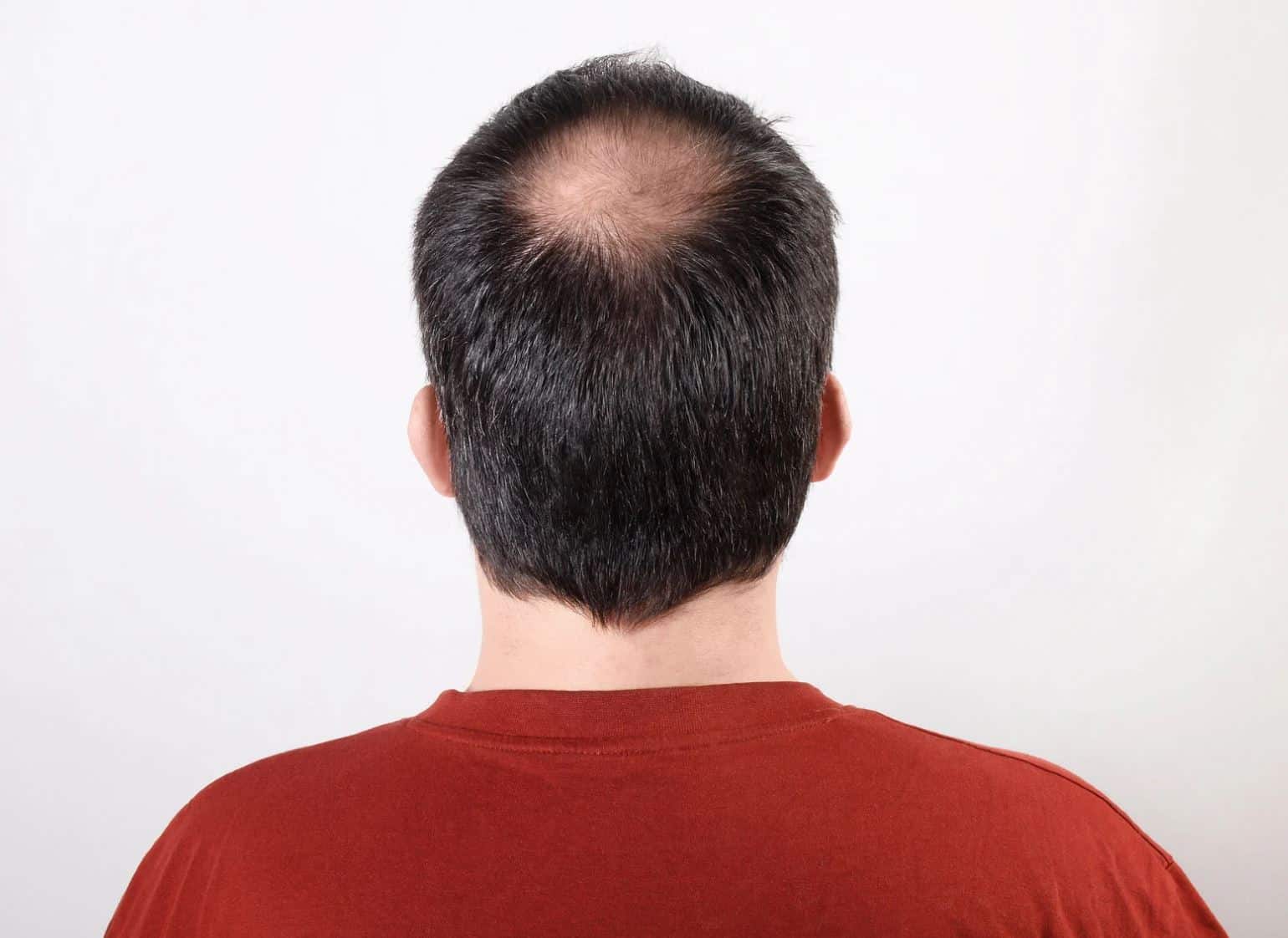Hair loss isn’t just a men’s issue—millions of women experience it, too. For women dealing with thinning hair or pattern baldness, it’s natural to wonder if popular medications like Propecia (finasteride) could be a potential solution. While this drug has gained widespread popularity among men, its safety and effectiveness in women is a more complicated issue. So, can women safely take Propecia? Here’s what doctors say, why it’s FDA-approved for men only, and when (if ever) it might be prescribed to women.
What Doctors Really Say About Women Using Propecia
Most dermatologists and hair restoration specialists approach finasteride use in women with caution—and for good reason. Propecia, the brand name for the drug finasteride, is a 5-alpha reductase inhibitor that works by reducing the conversion of testosterone to dihydrotestosterone (DHT). DHT is a hormone strongly linked to hair loss in genetically predisposed individuals.
In men, blocking DHT can significantly slow or even reverse hair loss. However, for women, especially those who are premenopausal, the hormonal balance is more delicate. Many doctors warn against using Propecia in women of childbearing age due to the risk of birth defects in male fetuses. Even handling crushed tablets during pregnancy is contraindicated.
That said, some physicians do prescribe finasteride to postmenopausal women—typically in low doses and with careful monitoring. These cases are highly individualized and usually reserved for women who haven’t responded well to other treatments like minoxidil.
According to Dr. Marc Avram, a board-certified dermatologist and hair restoration specialist, “Finasteride may be effective for some postmenopausal women with androgenetic alopecia, but it must be prescribed and monitored by a medical professional familiar with its risks and benefits.”
Is It Ever Prescribed Off-Label?
Yes, but with caution. While Propecia is not FDA-approved for women, finasteride is sometimes prescribed off-label—particularly for postmenopausal women experiencing female pattern hair loss. In these cases, doctors may prescribe a higher dose (such as 2.5 to 5 mg daily) rather than the 1 mg typically given to men.
Off-label use means a medication is being used for a condition or population not officially approved by the FDA. This practice is legal and fairly common in medicine, but it relies heavily on the clinical judgment of the prescribing physician.
Some clinical studies and anecdotal evidence have shown positive outcomes, including increased hair density and slowed shedding in women taking finasteride off-label. However, responses can vary significantly, and more research is needed to fully understand how effective and safe finasteride is for women over the long term.
It’s also important to note that Propecia is just one of many options for treating female hair loss. Other treatments like topical minoxidil, platelet-rich plasma (PRP), low-level laser therapy, and hormone-based medications may be recommended depending on the root cause.
You can explore some of these medical therapies for hair loss in more detail.
Why It’s FDA-Approved for Men Only
Propecia was approved by the FDA in 1997 for use in men with male pattern baldness, after studies showed its effectiveness in reducing DHT levels and slowing hair loss. However, the same approval has not been extended to women, largely due to safety concerns and inconsistent results in clinical trials.
Here’s why:
- Teratogenic risk: Finasteride can cause serious birth defects in male fetuses. As a result, it’s considered unsafe for women who are pregnant or may become pregnant.
- Limited research: The majority of finasteride studies have focused on male subjects. Studies involving women have been smaller in scale and have shown mixed results.
- Hormonal differences: Women’s hair loss is often influenced by a variety of factors beyond DHT, including estrogen, thyroid levels, and overall hormonal balance. This makes treatment more complex.
Because of these concerns, the FDA has not approved Propecia for female use, although clinical trials and anecdotal reports continue to evaluate its potential role—especially in postmenopausal women.
The Bottom Line
So, can women safely take Propecia? Only in specific cases and under close medical supervision. While some postmenopausal women may benefit from off-label finasteride use, it’s not generally considered a first-line treatment for female hair loss.
For premenopausal women, the risks—particularly related to pregnancy—generally outweigh the potential benefits. That’s why most hair restoration specialists recommend FDA-approved or clinically supported alternatives first.
If you’re a woman struggling with hair thinning, your best first step is to consult a hair loss expert who can help identify the underlying cause and customize a treatment plan. From lifestyle changes to topical medications and advanced in-office procedures, there are safe, effective ways to promote healthy hair growth.
To learn more about medically supported options, you can contact Shapiro Medical Group to get started.



